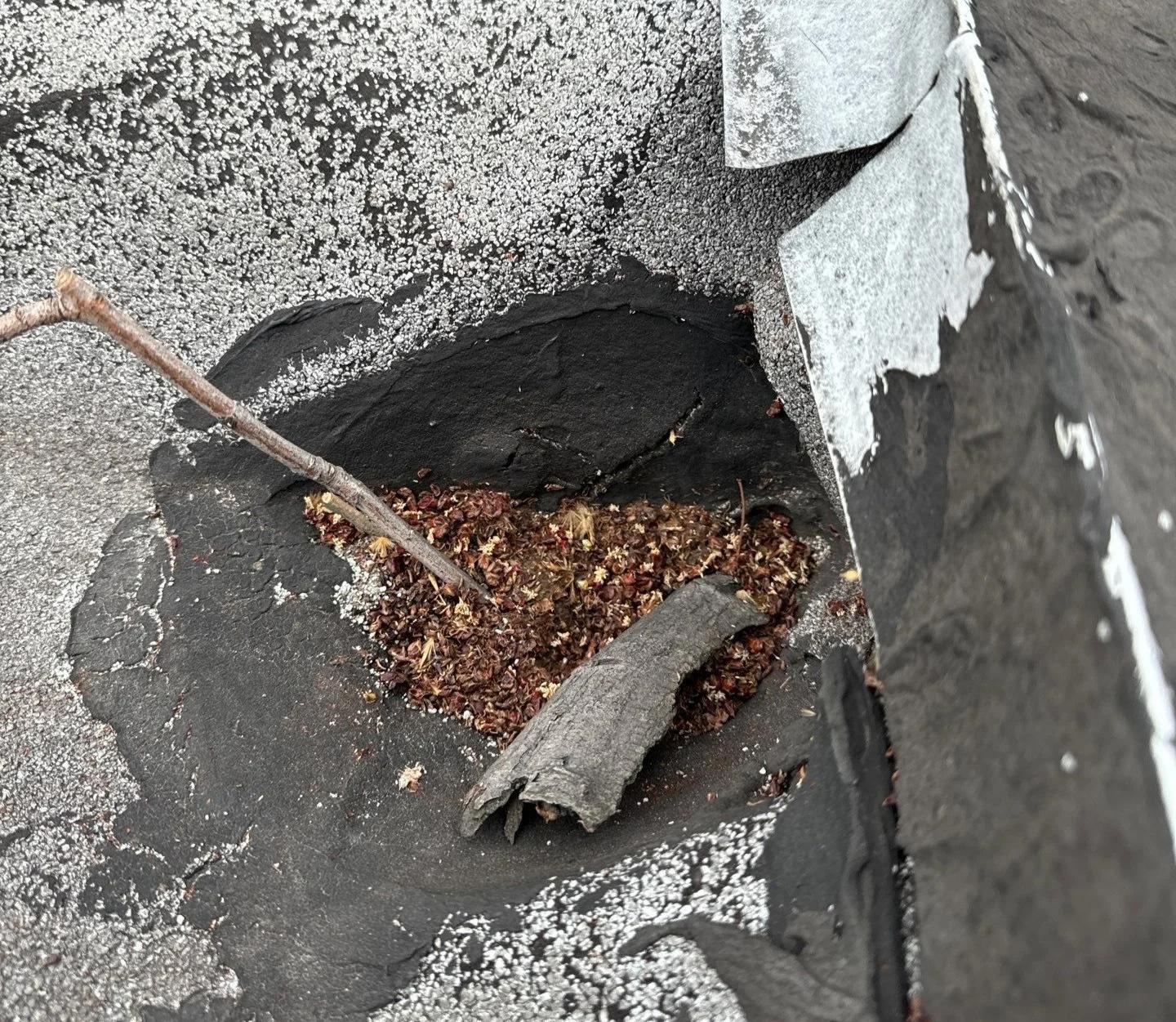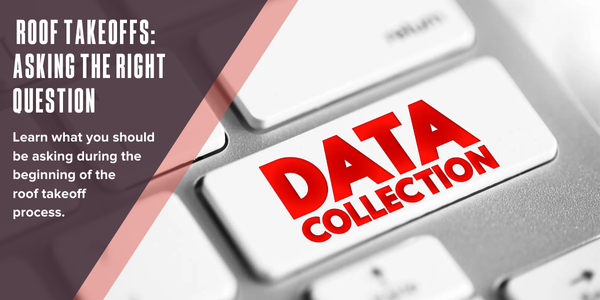5 steps to springtime roofing success

By Elite Roofing.
From the trees around a roof to the walls beneath it, here is a list of things to check during routine maintenance this spring!
The changing of the seasons are a great reminder to give a roof a routine inspection. Roofs are the first line of defense between people and the elements, so it’s important to make sure it is always operating as effectively as possible. This is especially important to check after the winter months come to a close, as roofs can take a lot of wear and tear during stormy and cold weather. This is also a good time to check for issues that might crop up during the long hot months before they become crises. The experts at Elite Roofing have collected a list of the key steps to preparing a roof for the spring and summer months.

1 - Inspect the roof
Begin by visually inspecting the roof for any signs of damage. Look for missing, cracked or curling shingles, as well as any signs of leaks or water damage. Check for any debris such as leaves, branches or moss that may have accumulated over the winter months. If it's a flat roof, you’ll want to check for any holes, tears or cracks in your flat roofing system, as these areas can leave the roof vulnerable to water infiltration.

2 - Clean your gutters
Clogged gutters can lead to water damage and roof leaks. It is important to remove any debris such as leaves, dirt and pollen from the roof's gutters and downspouts to ensure proper drainage. Clogged gutters and downspouts can overflow and cause water to run along your siding, eventually causing leaks if not corrected immediately. Consider installing gutter guards to prevent future clogs and reduce maintenance. If it’s a flat roof, it is important to ensure that the internal drainage systems are clear of any debris, as well as the scupper systems and clogged systems can cause pooling water to sit on the flat roof system, again eventually causing costly leaks.
3 - Trim overhanging trees
We always suggest trimming any branches that are hanging over the roof. Overhanging branches can cause damage to shingles and gutters, especially during windy spring storms. Trimming trees will also help prevent debris from accumulating on the roof. For flat roofs, trimming tree branches is especially essential and fallen branches have the potential to puncture flat roofing systems, leading to holes that can allow water to infiltrate the roof.
4 - Check for mold and mildew
Inspect the roof for any signs of mold or mildew growth. Mold and mildew indicate that water and/or moisture are trapped in the walls and ceilings, showing that there is a leak somewhere. These can not only damage the roof but also pose health risks to the inhabitants of the building. If you spot any growth, consider hiring a professional to immediately address the issue, as well as professionally inspecting the roof for any damages that could have led to mold or mildew growth.

5 - Inspect flashing and seals
Check the flashing around chimneys, vents and skylights for signs of damage or deterioration. Ensure that all seals are intact and in good condition to prevent leaks. This is important for waterproofness but is also for keeping unwanted houseguests out. In some areas, animals such as squirrels or raccoons have ripped up soffit or fascia, so you’ll want to make sure those areas are intact and properly sealed!
Original article source: Elite Roofing
Learn more about Elite Roofing in their Coffee Shop Directory or visit eliteroofingincnj.com.



















-2025-xtv-mls-tour-2.png)



Comments
Leave a Reply
Have an account? Login to leave a comment!
Sign In